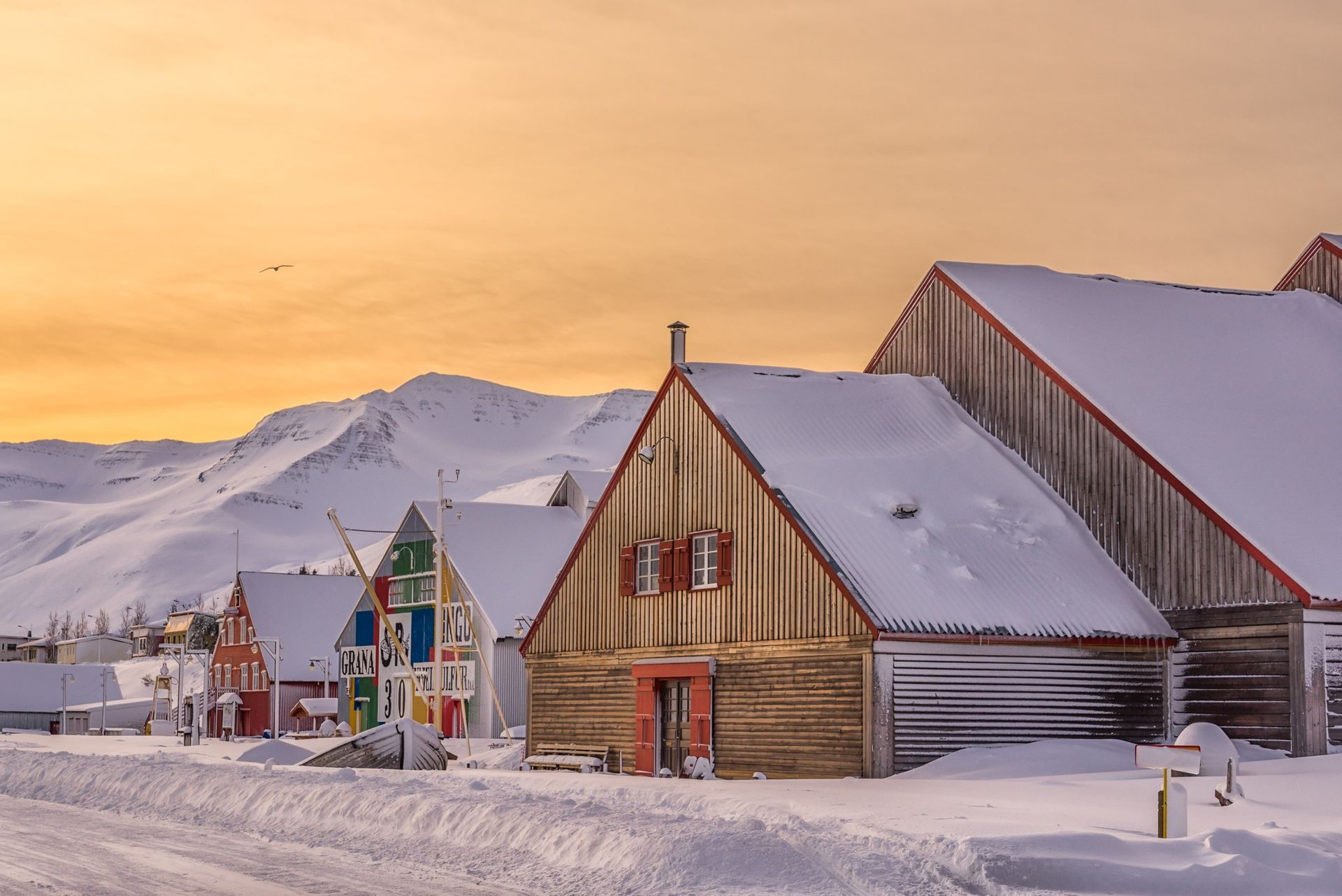The Herring Era Museum is one of Iceland’s largest maritime and industrial museums, dedicated to showcasing the history of herring fishing and processing, often referred to as the "silver of the sea." It tells the story of Iceland's challenging journey from poverty to prosperity during the 20th century, where herring played a key role. This period, known as the "Herring Adventure," saw the establishment of numerous herring processing facilities across northern and eastern Iceland, with Siglufjörður hosting the largest and most renowned. Though the herring shoals have long vanished, the legacy of this fascinating era remains visible throughout the town.
The museum preserves this unique heritage, illustrating a time when over 10,000 people lived and worked in Siglufjörður, making it one of Iceland’s largest towns. The main collection is housed in Róaldsbrakki, a Norwegian building from 1907, once Iceland's largest salting plant. Its four-storey structure remains mostly intact, including the quarters of young women who worked as "herring girls," as well as the offices of the herring speculators.
Grána, another museum building, highlights how herring was processed into oil and meal, showcasing a small factory from 1940. Meanwhile, The Boat House recreates the atmosphere of a typical 1950s herring port, featuring nine boats and audiovisual presentations on herring fisheries.
The museum has won numerous accolades, including the Icelandic Museum Award in 2000 and the European Museum Award in 2004. Visitors can enjoy guided tours, live reenactments of herring salting, music, dancing, and even taste pickled and smoked herring paired with Icelandic schnapps.


